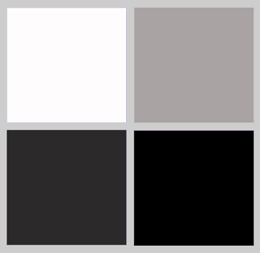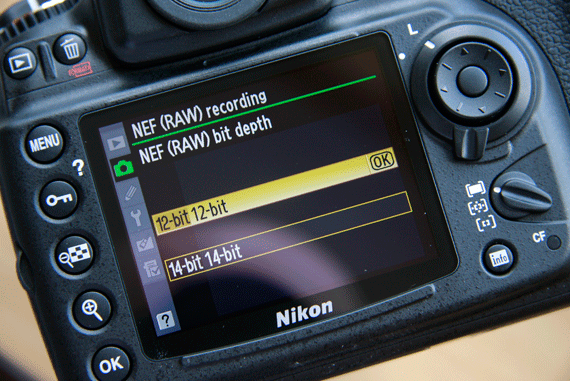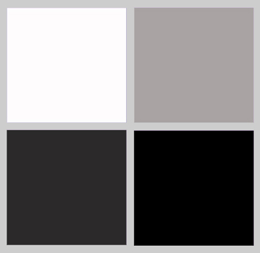A definition of Bit depth

Imagine you are given two different colours and are asked to draw an image. Depending on your artistic abilities you may be able to do this very well, but your image will still only contain two colours. Now imagine that you are given two more intermediate colours, which will allow you create finer gradations. 16 colours will allow you do even better. As the number of colours goes up, you are able to draw a scene with greater accuracy and precision. This is the concept of bit depth, the number of available colours there are when creating a digital image.
Unlike with film, digital images are captured on a regular array of photosites, and each can only end up with a single value. The ‘bit’ part is derived from binary digit, which is the basic language a computer understands. By definition there are only two values available in a bit, which in an image translate to either black or white (a one-bit image). A two-bit image creates two intermediate shades of grey to make a total of four, while a three-bit image doubles this again to make a total of eight. As this figure increases so do the number of available tones, which means that images may be recreated to the same quality as they originally appeared. In a black and white image a minimum of 256 tones are generally required to produce a satisfactory standard of image quality, which equates to eight bits of information (28).

Colour images, meanwhile, need eight bits per colour channel for a similar quality to be achieved; with three colour channels at 256 values each, this equates to there being over 16.7 million different possible colours. JPEG images are output as standard as 8-bit files (which actually means eight bits per colour channel), and so they have the capacity to record this level of information. The average scene, however, won’t contain anywhere near this figure.
This sounds like a lot, and it is well past the 10 million or so colours that we are believed to recognise, but there are reasons for this excess. Images stand up better to post processing if they contain plenty of information to begin with, as any adjustments are less likely to compromise the final result. When, for whatever reason, this information is compromised, we may see the effects of posterisation, where smooth tonal gradations are replaced by defined blocks.





